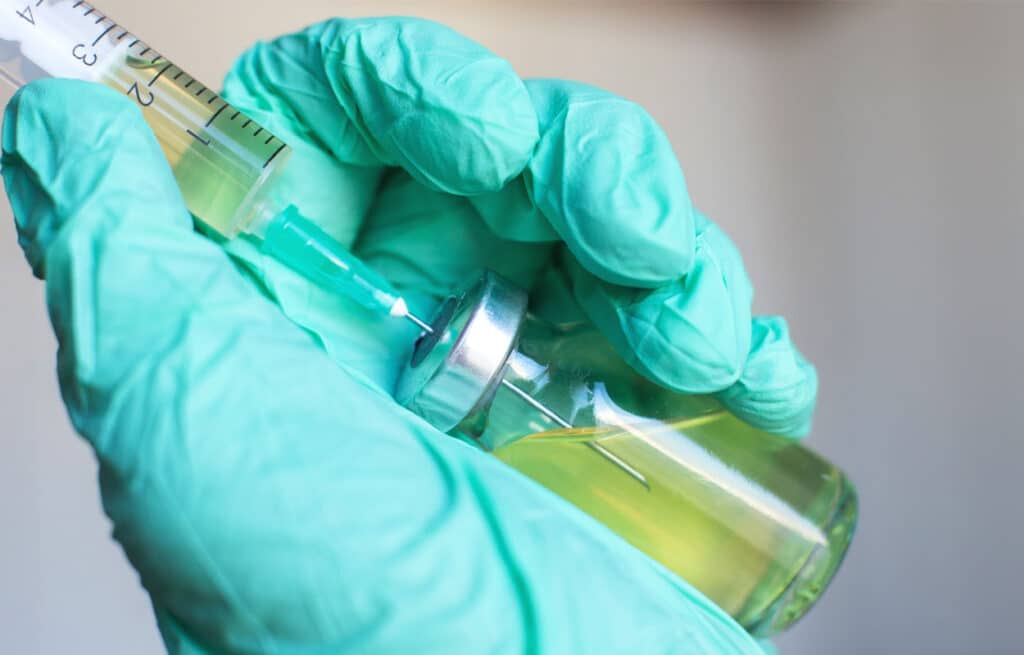Gabapentin Alternatives For Pain Relief

Key Points
- Gabapentin treats nerve pain and seizures but causes side effects like dizziness, weight gain, and cognitive problems that lead some people to seek alternatives.
- Medication alternatives include pregabalin, duloxetine, and tricyclic antidepressants that work through similar mechanisms with different side effect profiles.
- Non-medication approaches like physical therapy, acupuncture, TENS units, and lifestyle changes can effectively manage nerve pain alone or combined with medication.
- Switching from gabapentin requires gradual tapering under medical supervision to avoid withdrawal symptoms and ensure a safe transition to new treatments.
Gabapentin effectively treats nerve pain and certain seizure disorders, but it doesn’t work for everyone and can cause troublesome side effects. Some people experience dizziness, drowsiness, or weight gain that interferes with daily life, while others find the medication simply doesn’t provide adequate pain relief.
Exploring alternatives to gabapentin helps you find treatments that work better for your specific condition with fewer unwanted effects. Options range from other medications to non-drug therapies that address pain through different mechanisms.
What Gabapentin is Used For
Gabapentin is an anticonvulsant medication originally developed to treat epilepsy and prevent seizures[1]. Doctors also commonly prescribe it off-label for various types of nerve pain, including diabetic neuropathy, postherpetic neuralgia following shingles, and fibromyalgia.
The medication works by affecting how nerves send pain signals to your brain, reducing the intensity of nerve-related discomfort.[2] Brand names include Neurontin and Gralise, though generic versions are widely available and equally effective.
The medication treats conditions where nerves become damaged or overly sensitive, sending pain signals even without actual injury. People with diabetes often develop nerve damage in their feet and hands that causes burning, tingling, or shooting pains. Gabapentin helps quiet these misfiring nerve signals and provides relief when traditional pain medications like ibuprofen or acetaminophen prove ineffective.
Gabapentin requires gradual dose increases to minimize side effects and find the amount that provides adequate pain relief. Most people start with low doses taken once or three times daily, with adjustments made over several weeks. The medication can take days or weeks to reach full effectiveness, so patience is necessary when beginning treatment.

Why Someone Might Not Want to Take Gabapentin
Gabapentin doesn’t work equally well for everyone, and its potential for side effects might lead you or your healthcare provider to consider alternatives:[3]
- Inadequate pain relief: The medication simply doesn’t provide sufficient improvement for some people’s nerve pain despite trying different doses.
- Intolerable side effects: Common side effects such as dizziness, drowsiness, fatigue, and coordination problems can interfere with work, driving, and daily activities.
- Weight gain: Many people experience significant weight gain on gabapentin, which can worsen other health conditions or affect quality of life.
- Cognitive effects: The medication can cause brain fog, memory problems, and difficulty concentrating that impact mental sharpness.
- Drug interactions: Gabapentin may interact poorly with other medications you take, creating complications or reduced effectiveness.
- Swelling: Fluid retention in the hands, feet, or legs is common and can be uncomfortable or concerning.
- Dependence concerns: While not an opioid, some people develop psychological dependence on gabapentin or experience withdrawal symptoms when stopping.
- Multiple daily doses: Taking medication two or three times daily can be inconvenient and increase the risk of missed doses.
- Slow titration process: The weeks required to reach effective doses delay pain relief when you need help immediately.
- Cost considerations: Even generic gabapentin can be expensive without insurance, and some people seek more affordable alternatives.
Medications Similar to Gabapentin
Several medications work similarly to gabapentin by targeting nerve pain and may provide better pain relief or cause fewer side effects, depending on your root causes for nerve pain:[4]
- Pregabalin (Lyrica): A newer medication chemically similar to gabapentin that often works at lower doses and requires less frequent dosing, typically twice daily instead of three times.
- Duloxetine (Cymbalta): An antidepressant that treats nerve pain from diabetic neuropathy and fibromyalgia by affecting serotonin and norepinephrine levels in your brain.
- Amitriptyline: An older tricyclic antidepressant commonly prescribed for nerve pain that also helps with sleep, but can cause more side effects than newer options.
- Nortriptyline: Another tricyclic antidepressant similar to amitriptyline but typically better tolerated with fewer anticholinergic side effects like dry mouth and constipation.
- Topiramate: An anticonvulsant sometimes used for nerve pain and migraine prevention, though it carries the risk of cognitive side effects and weight loss.
- Carbamazepine: An older anticonvulsant, particularly effective for trigeminal neuralgia, but requires regular blood test monitoring due to potential side effects.
- Venlafaxine (Effexor): An antidepressant that affects serotonin and norepinephrine, sometimes prescribed off-label for neuropathic pain conditions.
- Lamotrigine: An anticonvulsant that may help certain types of nerve pain, particularly when other medications haven’t provided adequate relief.
Are Those Medications Safe?
All medications carry potential risks and side effects, but the alternatives to gabapentin are generally considered safe when used appropriately under medical supervision. Tricyclic antidepressants like amitriptyline can affect heart rhythm and aren’t suitable for people with certain cardiac conditions, while duloxetine may worsen liver problems or interact with alcohol.[5, 6] Carbamazepine requires regular blood monitoring because it can affect blood cell counts and liver function.[7]
The safest approach is to communicate openly with your healthcare provider about any concerns, side effects, or changes you experience while taking these medications. Starting with low doses and gradually increasing helps minimize adverse reactions. What’s safe for one person may not be appropriate for another, making personalized medical care extremely important when exploring gabapentin alternatives.
Non-Medication Approaches to Nerve Pain
Physical therapy and exercise offer effective non-drug options for managing nerve pain.[8] A physical therapist can design specific exercises that improve strength, flexibility, and circulation while reducing pressure on affected nerves. Low-impact activities like swimming, walking, and yoga help maintain mobility without aggravating pain. Physical therapy also teaches proper body mechanics and posture that prevent nerve compression and reduce pain triggers.
Alternative therapies provide pain relief for some people through mechanisms different from traditional medications. Acupuncture involves inserting thin needles at specific points to stimulate nerves and potentially reduce pain signals, and transcutaneous electrical nerve stimulation (TENS) uses mild electrical currents to interrupt pain messages traveling to your brain.[9] Massage therapy can relieve muscle tension that contributes to nerve compression and discomfort.
Lifestyle modifications and self-care strategies play big roles in managing nerve pain without medication, too. Maintaining healthy blood sugar levels is important for people with diabetic neuropathy, as uncontrolled diabetes worsens nerve damage. Avoiding alcohol protects nerves from further damage and prevents interactions with pain medications.
Getting adequate sleep, managing stress, and eating a nutritious diet support overall nerve health and pain management. Applying heat or cold to affected areas, wearing supportive footwear, and avoiding positions that compress nerves all provide simple but effective relief.




